Details
Sony Alpha 7S III (ILCE-7SM3) + Sigma 24-70mm f2.8 DG DN (A) Sony-E
Sony Alpha 7S III (ILCE-7SM3
Nearly five years after the Alpha 7S II, Sony launches its successor: the Alpha 7S III has an improved 12-megapixel sensor, shoots 4K at 120p, and is said to achieve exceptional results in low-light photography thanks to large pixels.
Like the Alpha 7S II, the Alpha 7S III's sensor resolves 12 megapixels, but is now rear-exposed.
At the heart of the new Alpha is a 12-megapixel full-frame sensor that has been improved over the Alpha 7S II. Sony now relies on a backside exposed (BSI) design, which allows more light to be captured and gives better results in low-light shooting. The maximum sensitivity is still ISO 409,600 (expandable down to ISO 40). The sensor is supported by the new BIONZ-XR processor, which is said to have eight times the processing power of the previous image processor. Sony is also breaking new ground in terms of operation: for the first time in the Alpha 7 series, a fully movable monitor (3.0 inches, 1.44 million dots) has been installed, which now also allows touch operation of the menus. The structure of the menus has also been completely revised; among other things, only the relevant entries are available in photo and video mode for better clarity. The OLED viewfinder achieves a record resolution of 9.44 million dots and a magnification of 0.9x. The size of the image can also be reduced so that eyeglass wearers can also see the entire image. 4K with 120p One focus of the camera is video recording. Unlike Canon on the EOS R5, Sony doesn't rely on 8K for video, but continues to rely on 4K, which is, however, said to produce the best results yet on an Alpha camera. The sensor's 12MP resolution allows full-pixel readout without pixel binning or cropping up to 4K/60p. The recording limit at this setting is said to be one hour without overheating - the EOS R5 can only manage 30 minutes at a time at 4K/60p. Video recording is limited to this length on the Alpha 7S III in 4K/120p mode - by the way, this is also where a slight crop kicks in (1.1x).
The monitor can be swiveled, and the grip and controls have become larger - as in other cameras of the third Alpha generation.
The Alpha 7S III even records at up to 240p in Full HD. For time-lapse recordings, lower frame rates of up to 1p can also be selected in S&Q mode. Recording is done internally with a color subsampling of 4:2:2 and a color depth of 10 bit. New codecs are available for this: XAVC-S-I records single frames (All-I) at a data rate of up to 500 Mbits/s, XAVC-HS reduces the amount of data during image group compression to 200 Mbits/s thanks to H.265 compression. Via HDMI 2.1, the camera can even output 4K/60p as 16-bit raw files (ProRes Raw) to an Atomos recorder. Of course, a logarithmic gamma profile is also available (S-Log 2/3), which is supposed to enable a dynamic range of over 15 f-stops; the sensitivity here starts at ISO 640 (extended: ISO 160). According to Sony, the rolling shutter effect has been significantly minimized. The Alpha 7S III is equipped with a 5-axis image stabilizer in the housing, which achieves an effectiveness of 5.5 f-stops when measured according to CIPA standards; in video mode, additional digital stabilization (Active Mode) is used, which also uses a gyro sensor. The information from this gyro sensor can also be stored in the metadata of the videos to use it for digital stabilization in post-processing. Fast autofocus and 10 fps The hybrid autofocus covers 92% of the image sensor and uses 759 points with phase detection and 425 with contrast AF. In addition to human ones, the AF algorithms now also detect animal eyes - even at greater distances than before, according to Sony. The AF sensitivity goes down to -6 EV series shoots the camera with up to 10 fps. The mechanical shutter is designed for 1/8000 s. Sony uses two memory card drives for the first time in the Alpha 7S III, which can use SD cards (UHS-II) as well as the new CFexpress Type A cards. These are smaller than Type B cards and faster than SD cards. SD cards of the video classes V60 and V90 are sufficient for most video modes; only the S&Q mode with 4:2:2 color subsampling and 10-bit color depth requires CFexpress. The series mode also benefits from the faster cards; 1000 uncompressed raws in succession should be possible here. Sony plans to launch two CFexpress Type A cards in September that have a write speed of 700 MB/s and a read speed of 800 MB/s: The 80 GB version is expected to cost 230 euros, the 160 GB version 440 euros, and provide power for 600 photos or 95 minutes of video.
For power, a Z-battery is used, which can be charged via USB-C and provides power for 600 photos or 95 minutes of video. Continuous power via USB is also possible.
Sigma 24-70mm f2.8 DG DN (A) Sony-E
The second Art Zoom lens redesigned specifically for mirrorless cameras.
Outstanding results can be achieved with a fast Zoom. With this conviction, SIGMA developed the 14-24mm F2.8 DG DN Art, the first Art-Zoom lens specifically designed for mirrorless cameras and featuring extremely high resolution.
Experience in designing lenses for mirrorless cameras has successfully reduced the size and weight of the lens, while achieving homogeneous and high resolution across the entire focal length range from the center of the image to the edges. In addition, compatibility with the latest mirrorless cameras and their features allows the lens to be used in a wide range of applications, meeting the high demands of professional photographers or ambitious hobbyists alike.
Following in the footsteps of the 14-24mm F2.8 DG DN, the 24-70mm F2.8 DG DN Art is the flagship of the new generation of Art Zoom lenses and the ultimate standard Zoom wide aperture lens.
Best optical performance in its class
The F2.8 Art product line, with its flagship Zoom lenses, was designed primarily to achieve outstanding optical performance.
As ultra-low dispersion glass, this lens incorporates six FLD ("F" Low Dispersion) glass elements and two SLD (Special Low Dispersion) glass elements, taking advantage of an optical design for mirrorless camera lenses. Thanks to the use of three aspherical lenses, this lens effectively reduces aberrations such as longitudinal chromatic aberration or sagittal coma, which are difficult to correct during post-processing. It also delivers homogeneous and superior resolution across the entire focal length range from the center of the image to the edges.
Compatible with the latest full-frame mirrorless cameras
The SIGMA 24-70mm F2.8 DG DN Art is compatible with several models of the latest full-frame mirrorless cameras with L-mount and Sony E-mount. This means that professional photographers or ambitious hobbyists alike can achieve top performance in a wide range of photographic applications.
For example, the AFL button can be assigned different functions via the camera menu, which improves operability during photography. By using a stepper motor with the latest algorithm, a balance between acceleration and smoothness of the AF drive is achieved. This enables stress-free focusing. In addition, this lens is compatible with eye-detection AF commonly used in mirrorless cameras, which enables extremely precise focusing in portrait photography. The Zoom lock mechanism prevents accidental extension of the lens barrel. An AF/MF switch, which many other SIGMA lenses also feature, is also available.
Reflection and ghosting eliminating design
From the beginning of the lens design process, susceptibility to reflections and ghosting is studied to achieve an optical design that is resistant to even strong backlighting. Super Multi-Layer Coating (SML) reduces flare and ghosting and delivers sharp, high-contrast images, even when backlit.
In addition to the Super Multi-Layer Coating, Nano Porous Coating is used. In terms of coating, the lens is designed to be less affected by strong light incidence, such as reflections.
Close focusing distance of 18-38 cm
The closest focusing distance is 18 cm in the wide-angle range. This allows you to get closer to the subject when shooting than the lens hood allows. The largest magnification is 1:2.9 at wide-angle and 1:4.5 at telephoto, allowing for a greater variety of expression in close-up photography.
Round aperture
The near-round aperture consists of 11 aperture blades** and provides a very pleasing bokeh outside the image's plane of focus.
Dust and splash protection
Thanks to its dust- and splash-proof design, the lens is suitable for a wide range of applications and environments.
Brass bayonet
The lens is equipped with a solid and precise brass bayonet. The special treatment of the surface to reinforce the strength enables the long-lasting use.

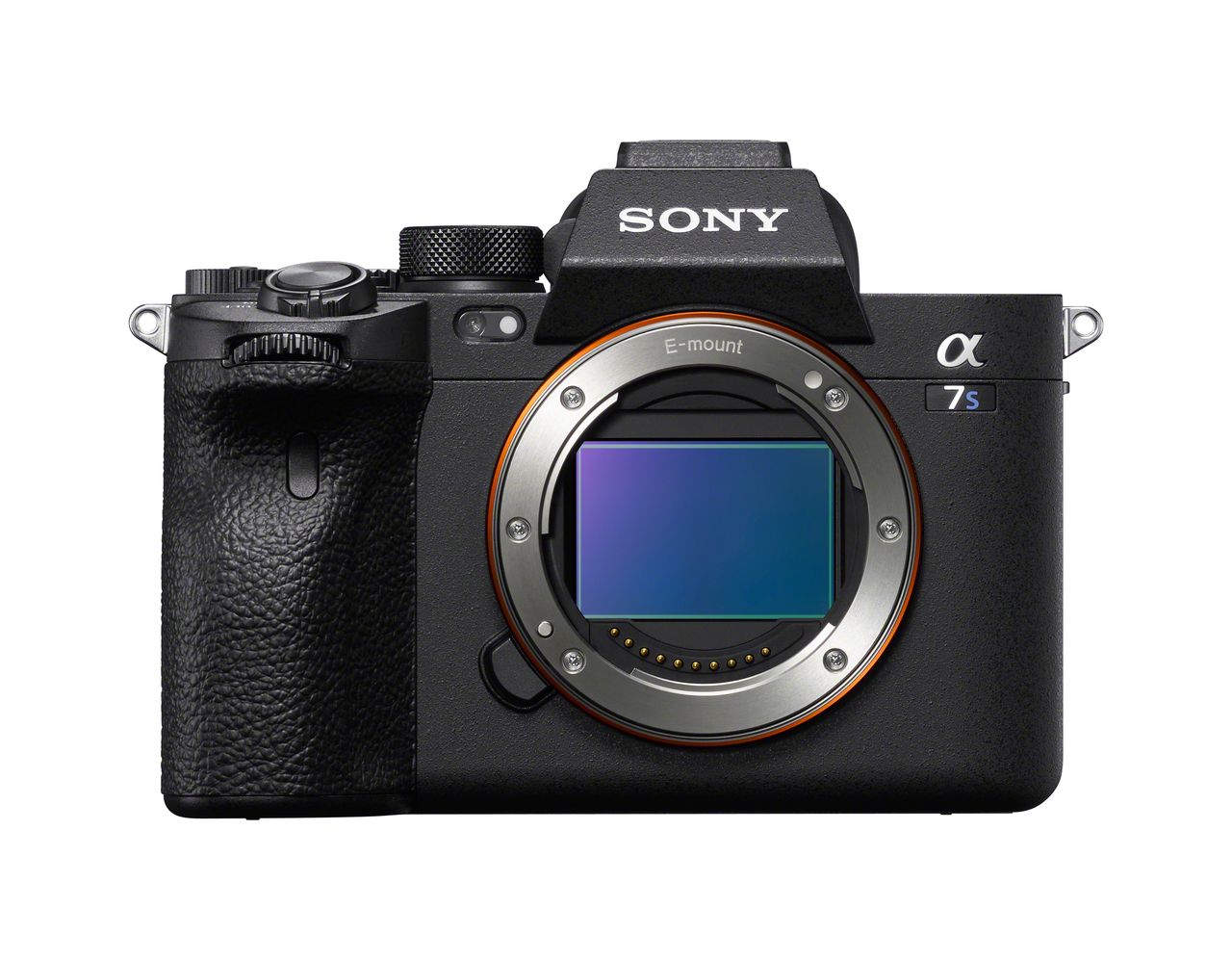

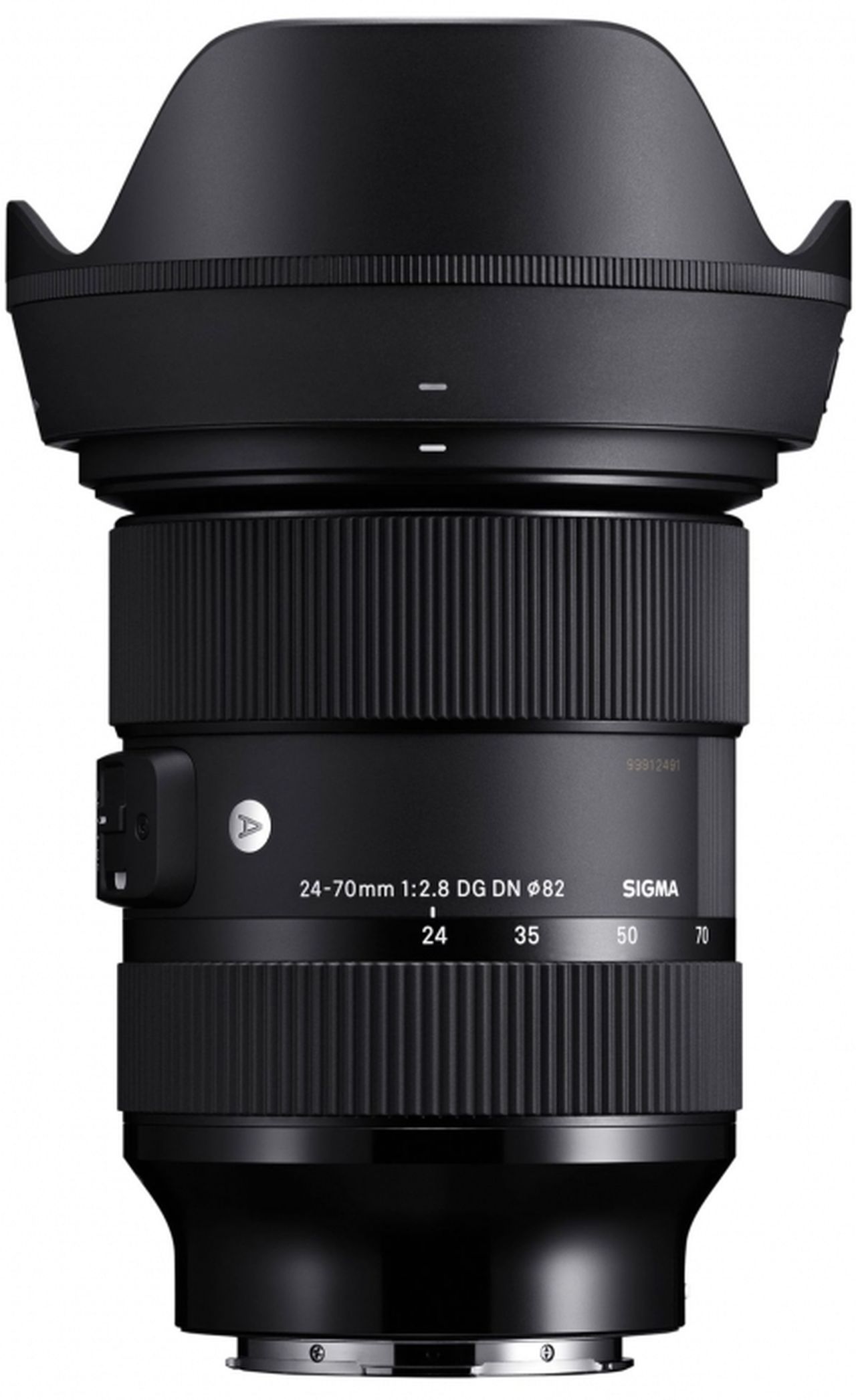
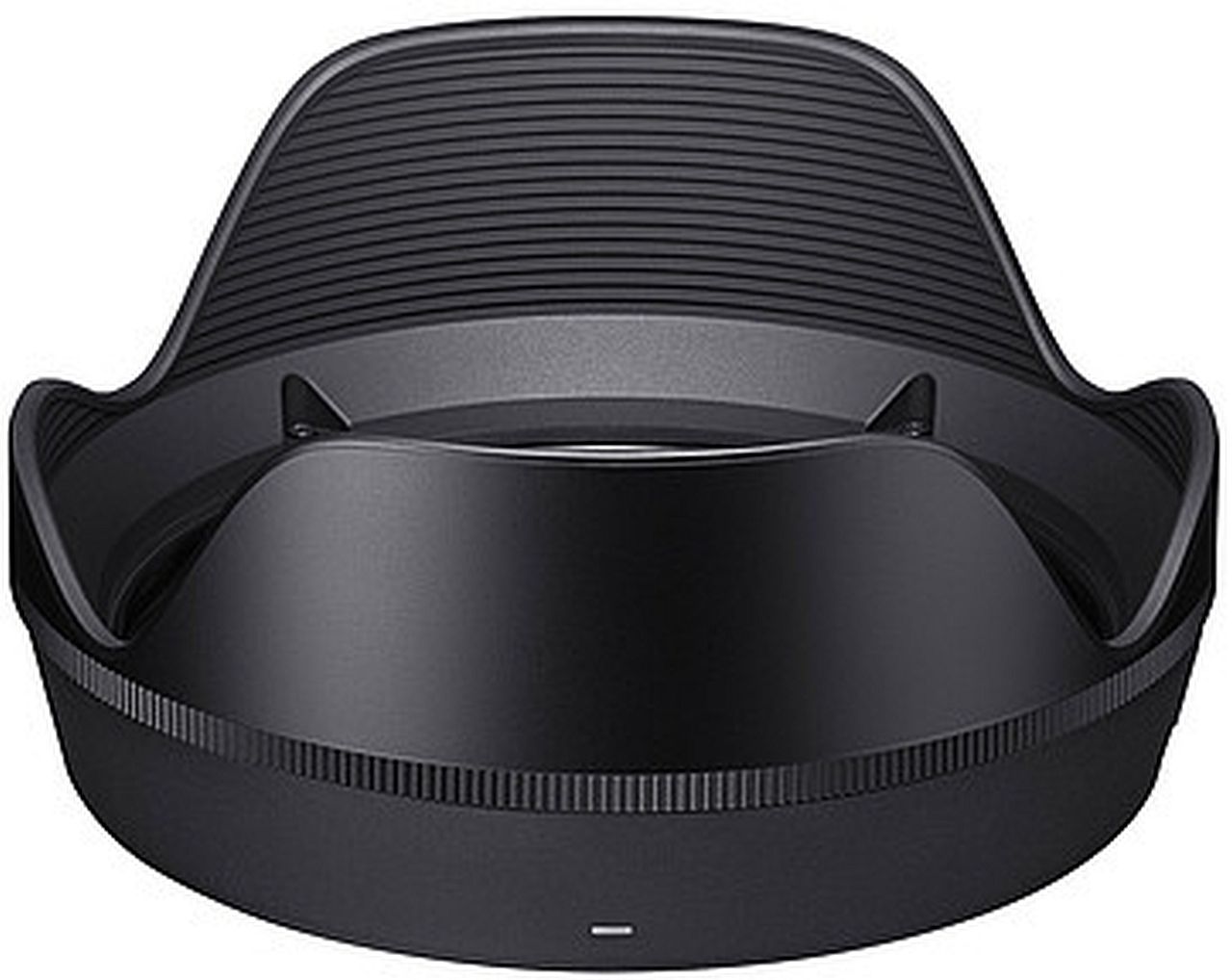
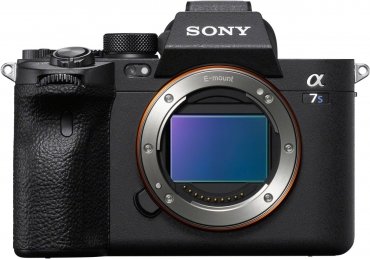
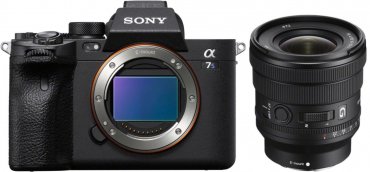
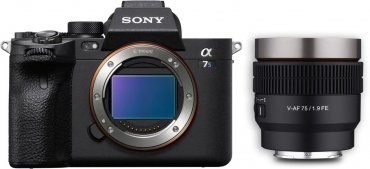


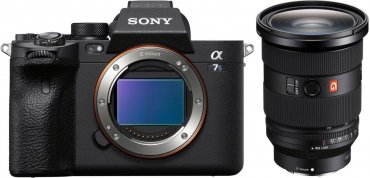
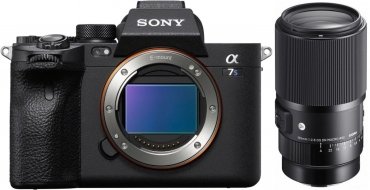
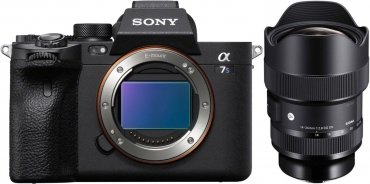
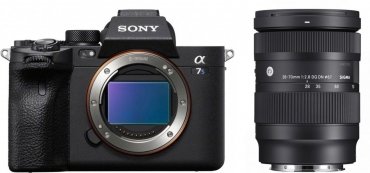
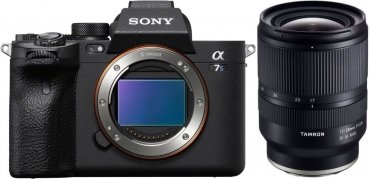
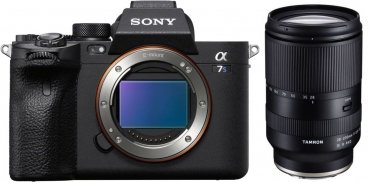
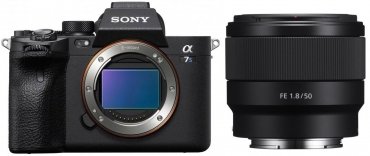
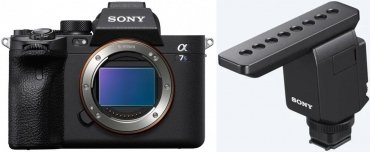

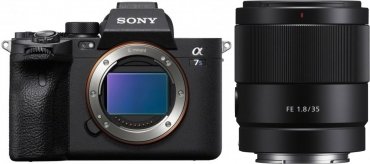
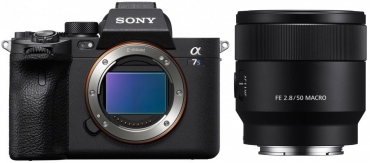

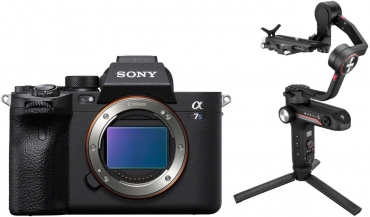
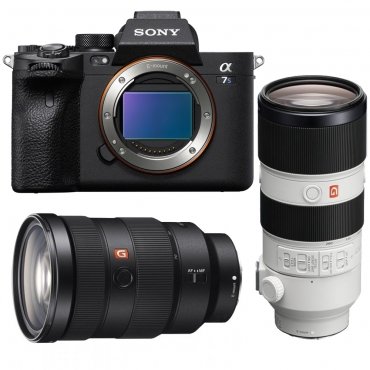
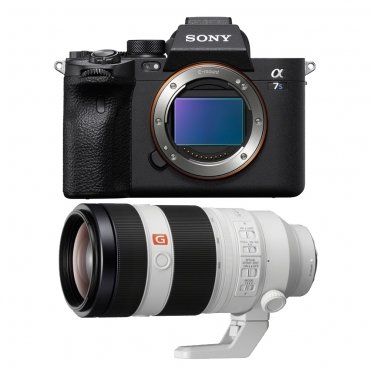
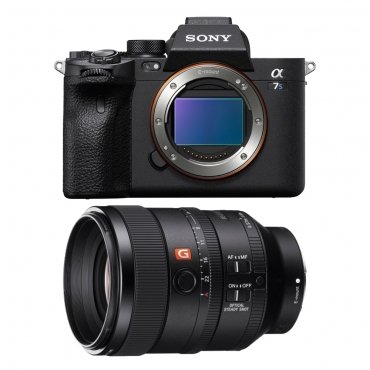
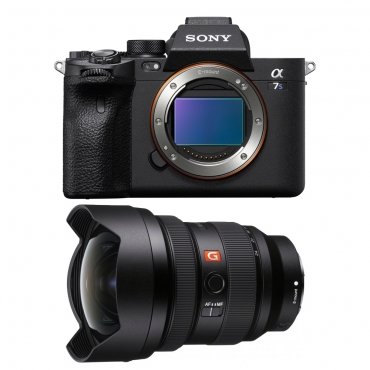
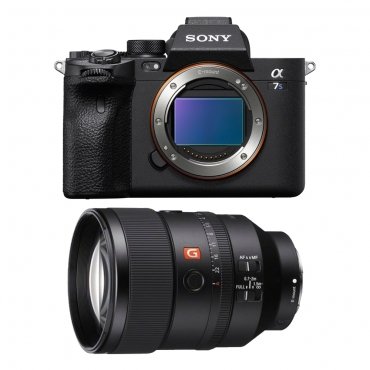

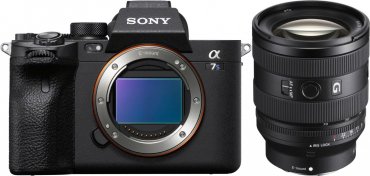
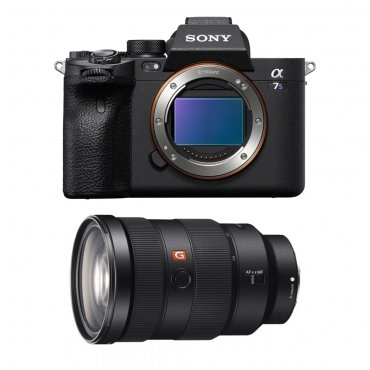
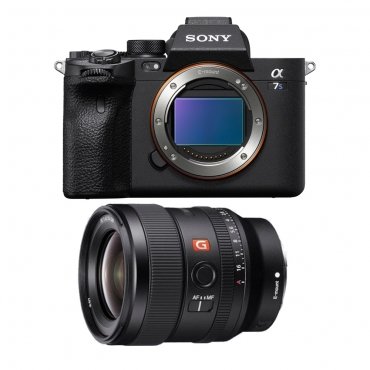
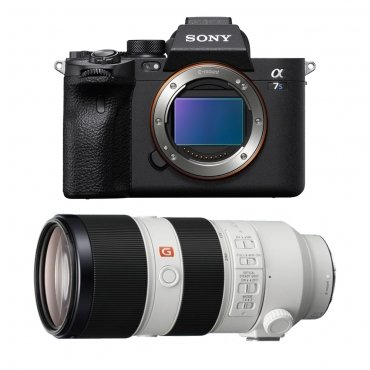
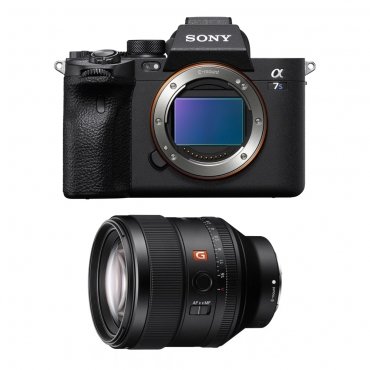
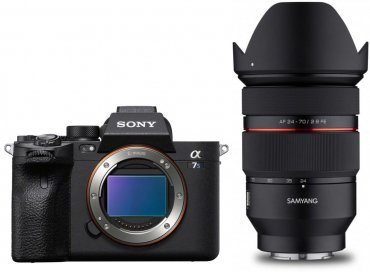
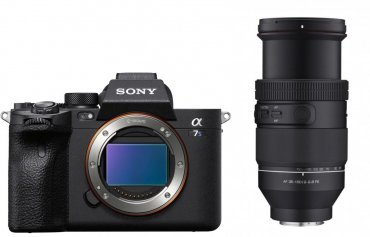
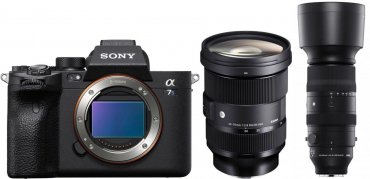

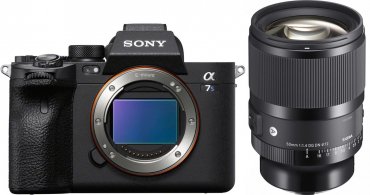
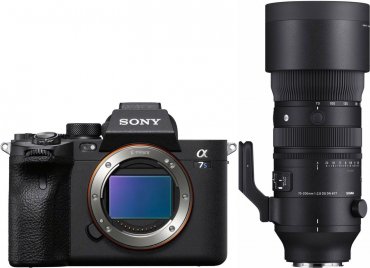

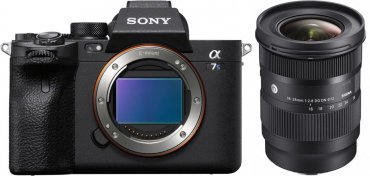
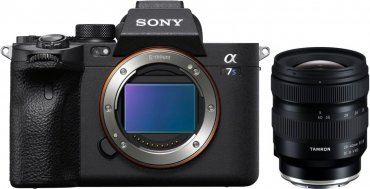

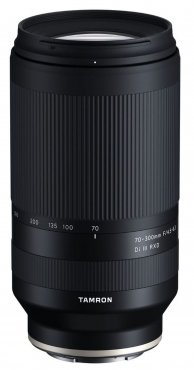

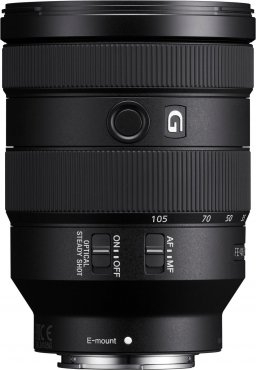

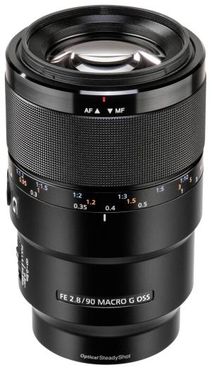
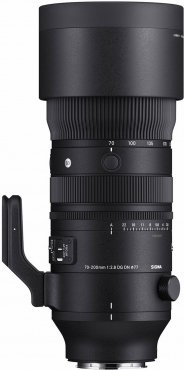
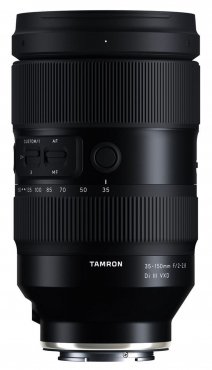
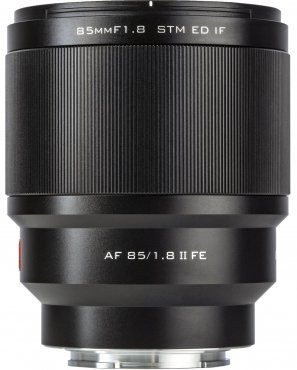
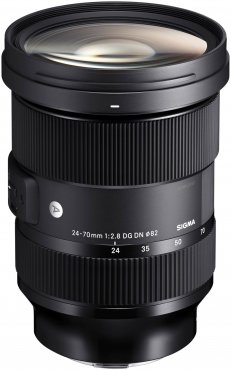
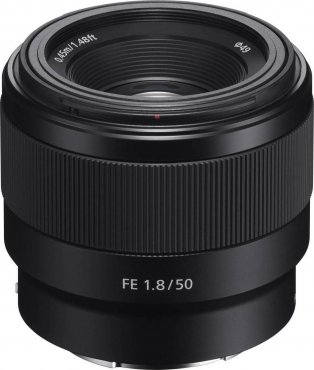
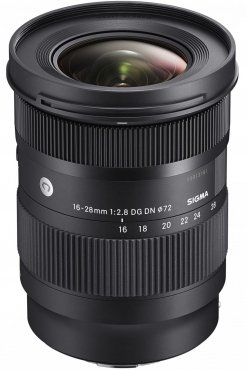
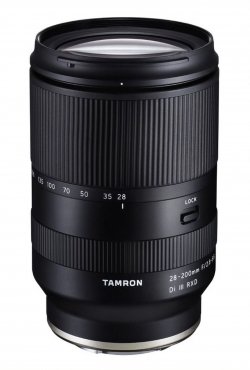
![Sigma 150-600mm f5-6.3 DG DN OS [S] Sony E-mount](https://media.foto-erhardt.de/images/product_images/thumbnail_images/907/sigma-150-600mm-f5-63-dg-dn-os-s-sony-e-mount-162814386990790304.jpg)
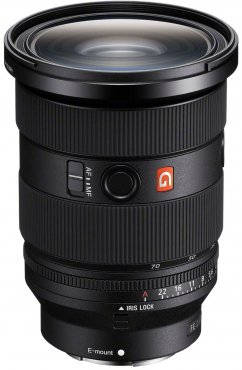

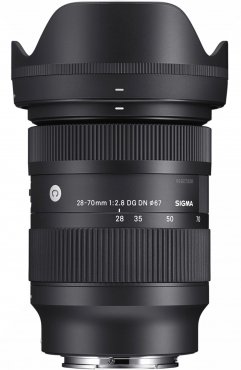
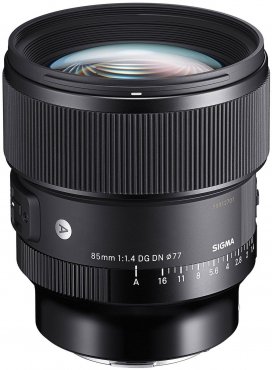
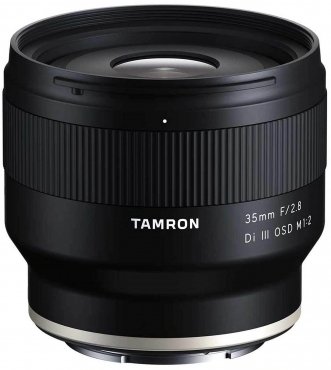

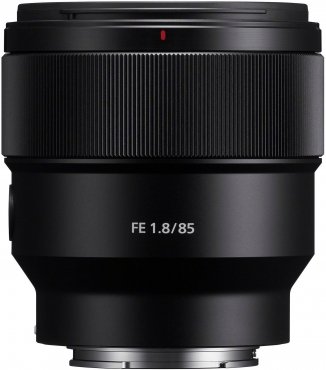

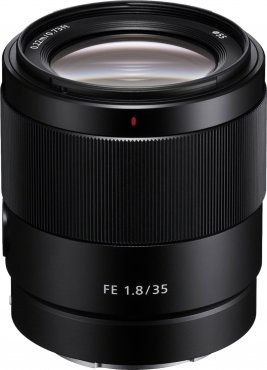
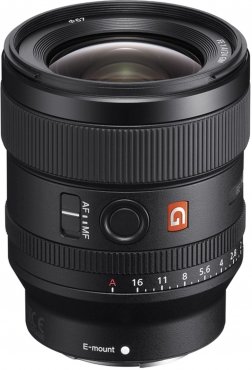
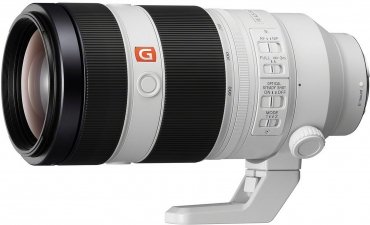
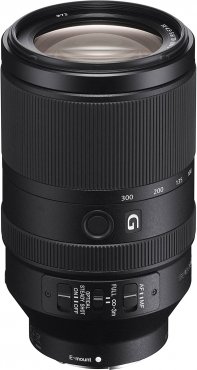
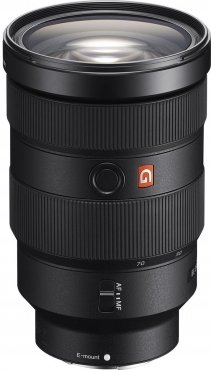
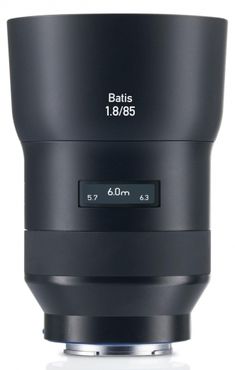
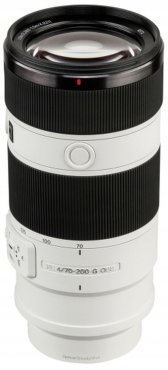
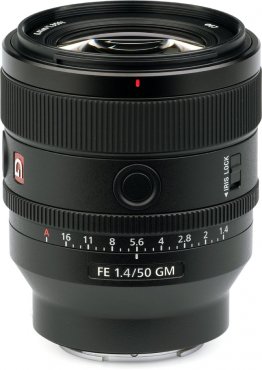
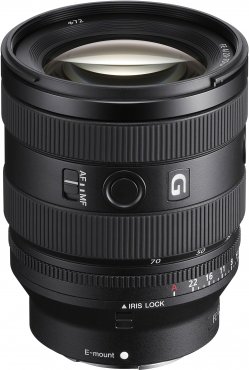
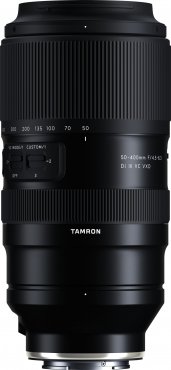

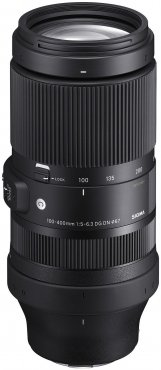
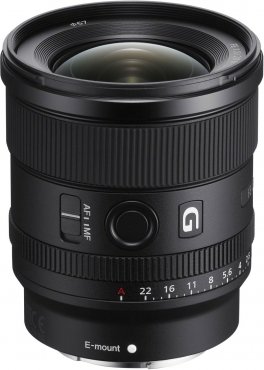
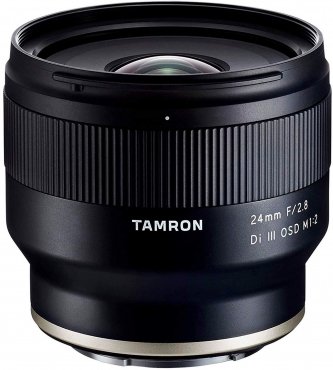

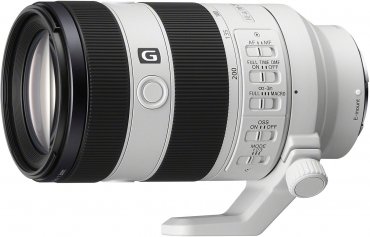
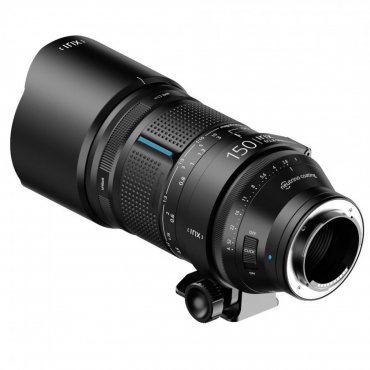

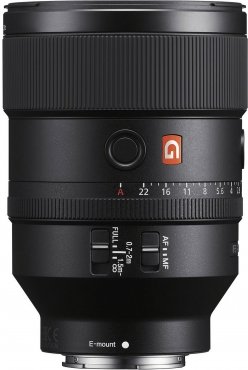
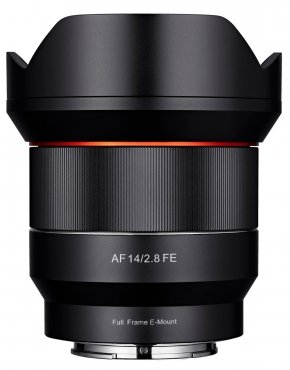
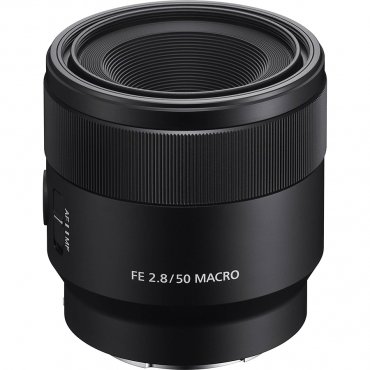
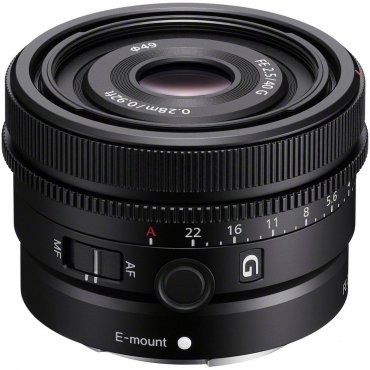
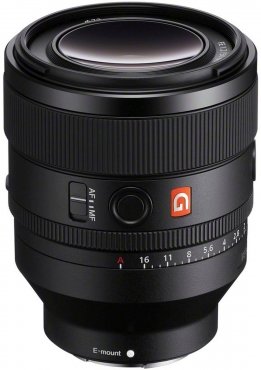
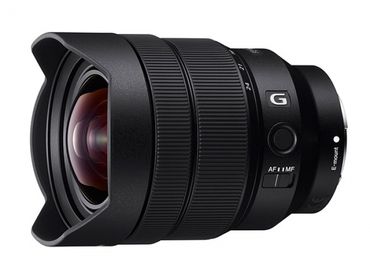

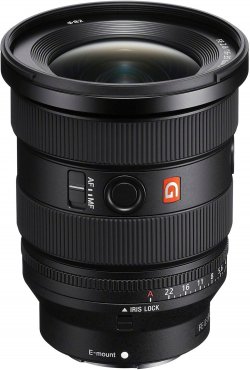
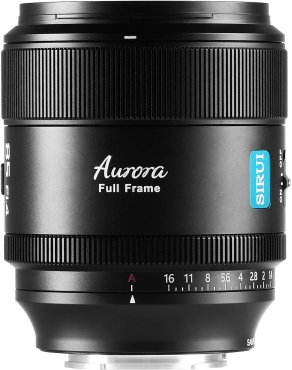
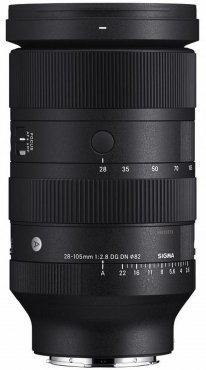
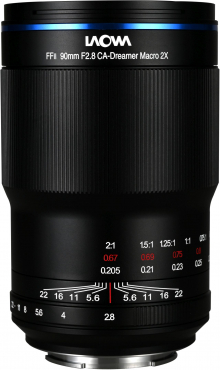


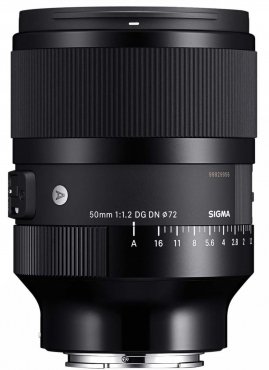
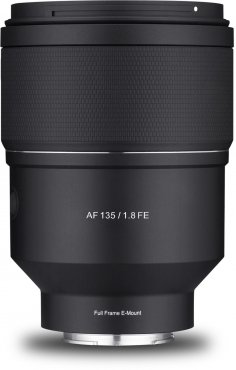

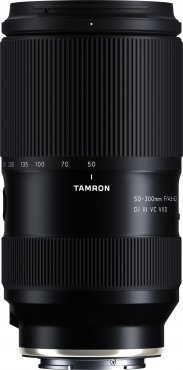
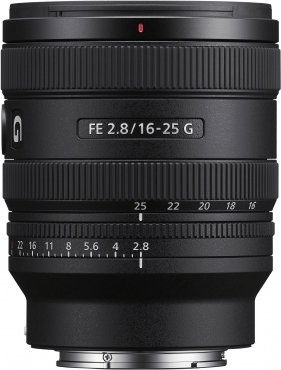
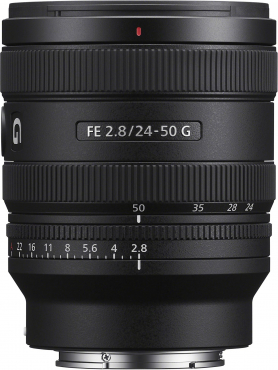
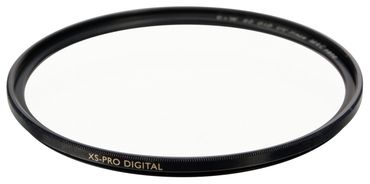

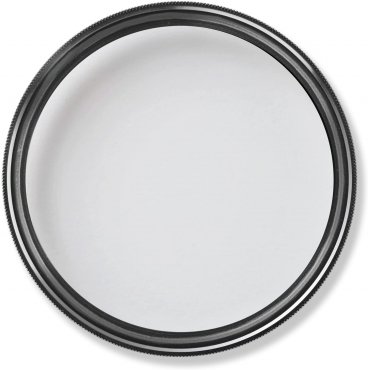
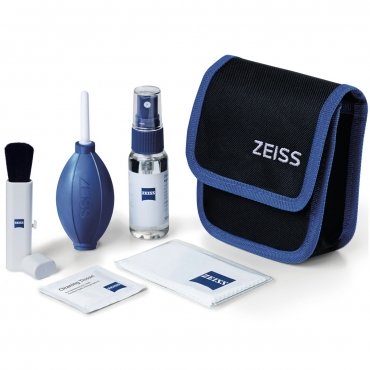
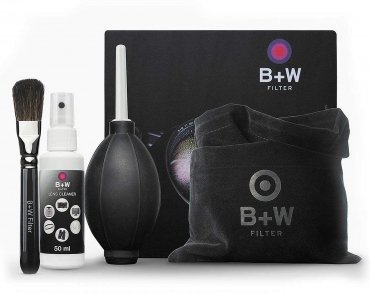
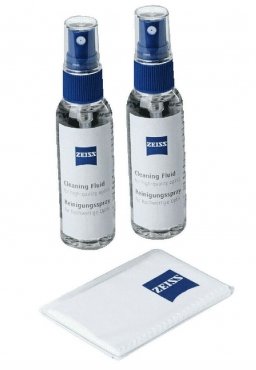
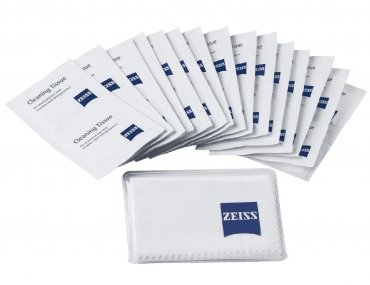
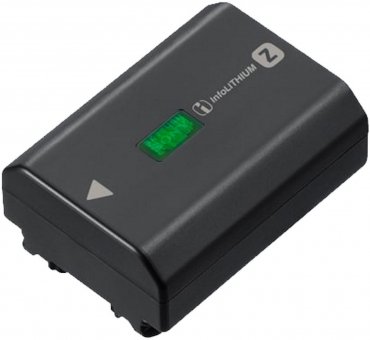
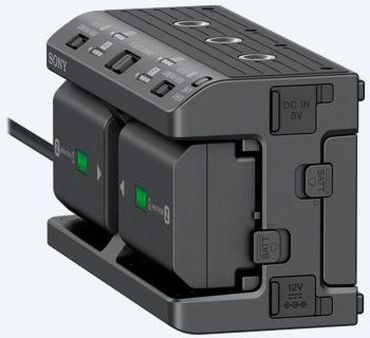
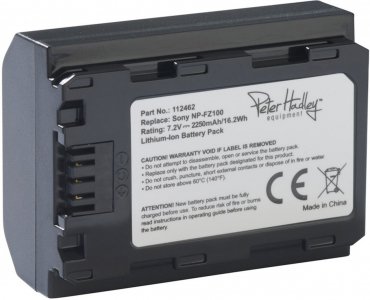
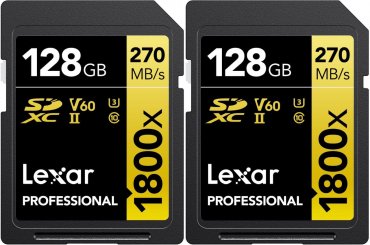
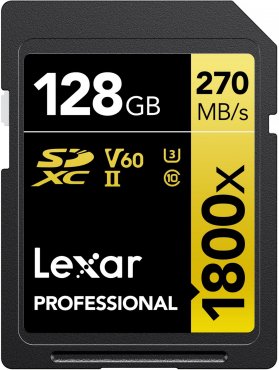
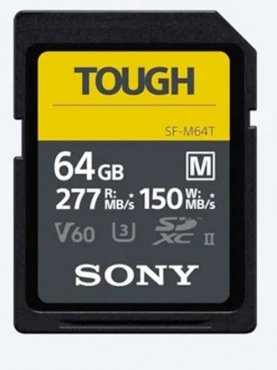

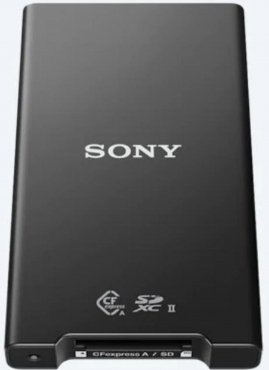
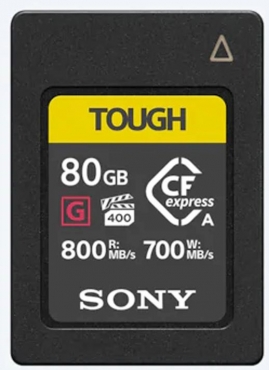
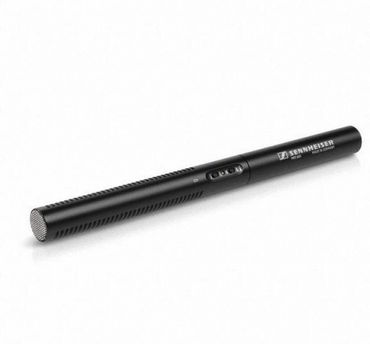

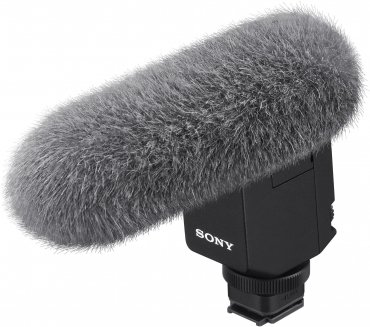
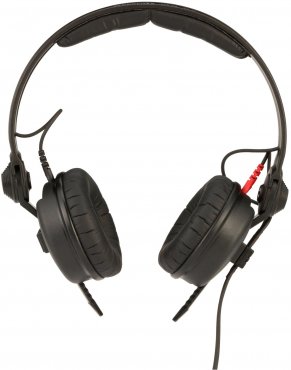
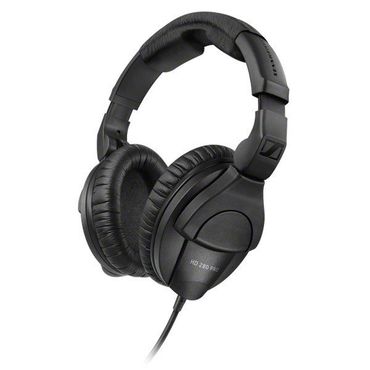

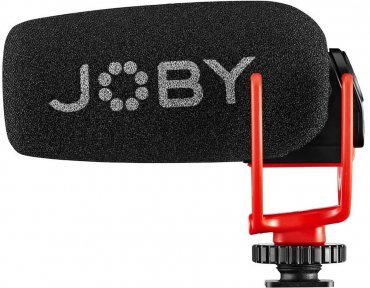
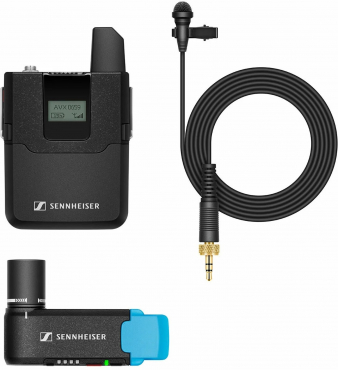
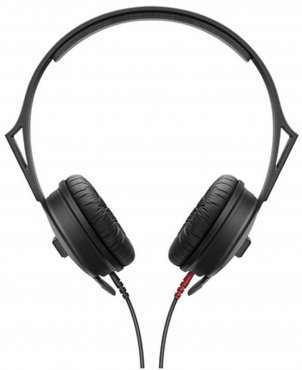
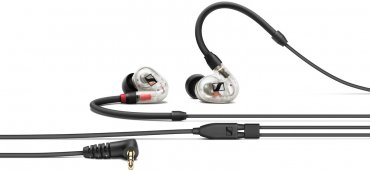

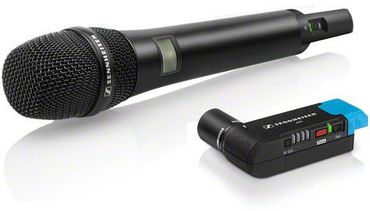
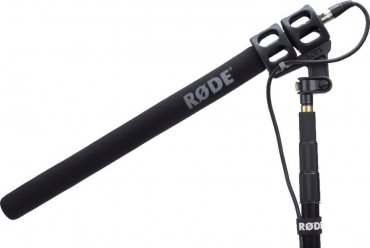

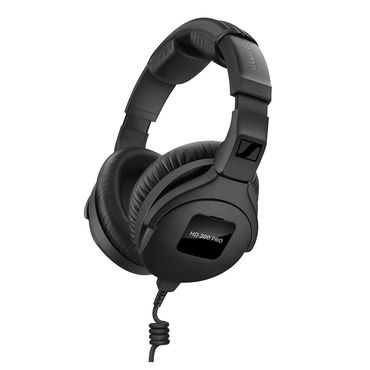
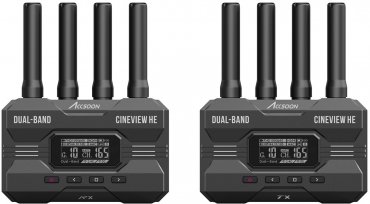




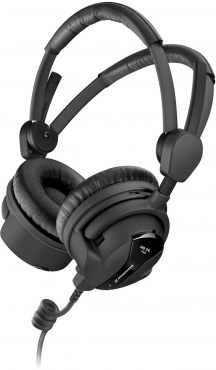

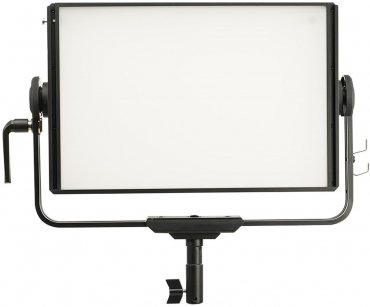
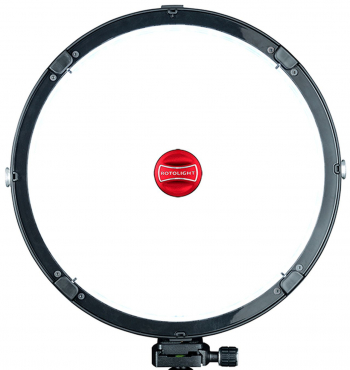
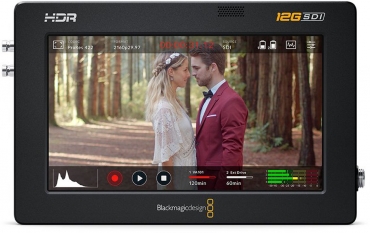
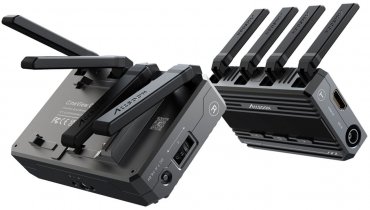
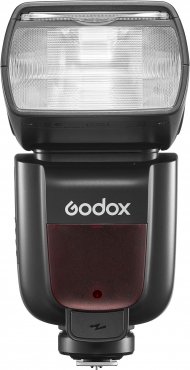
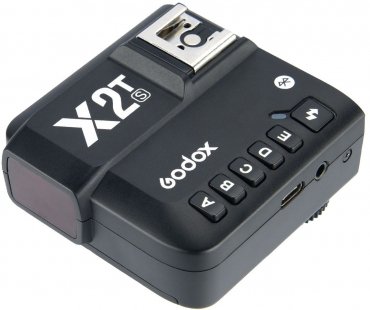
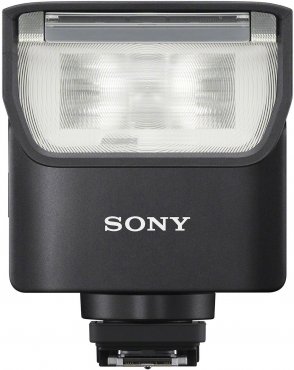
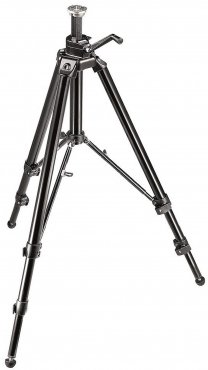
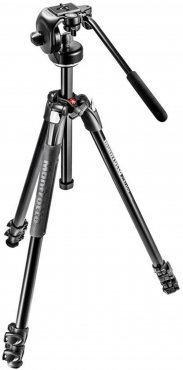

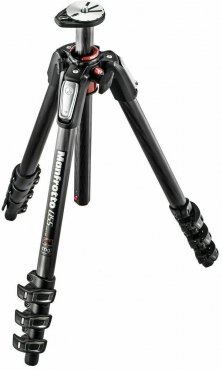

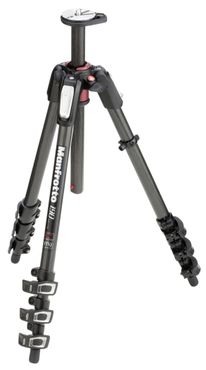

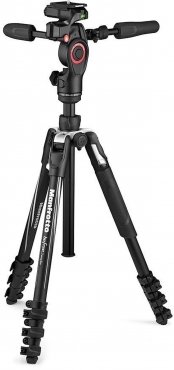

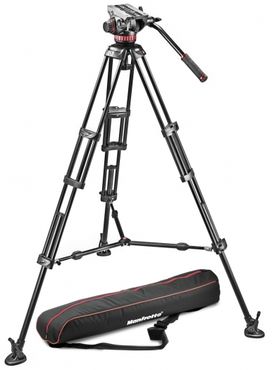
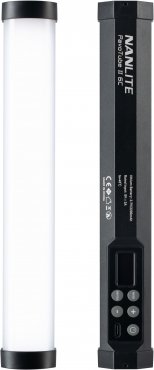
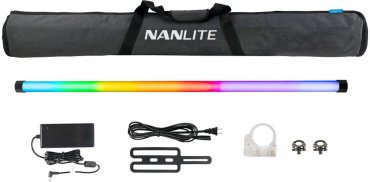

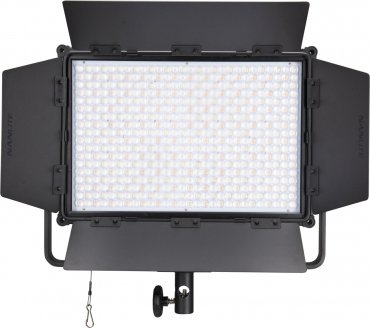
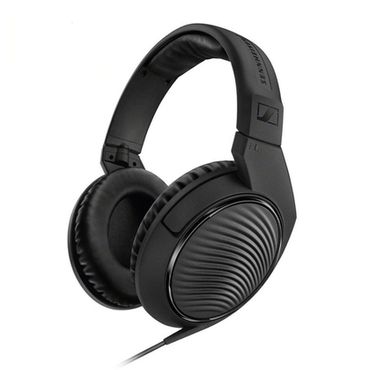
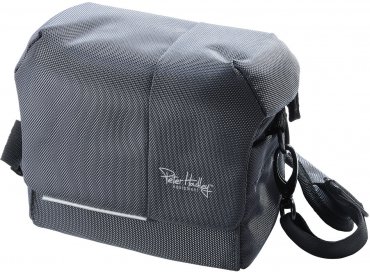
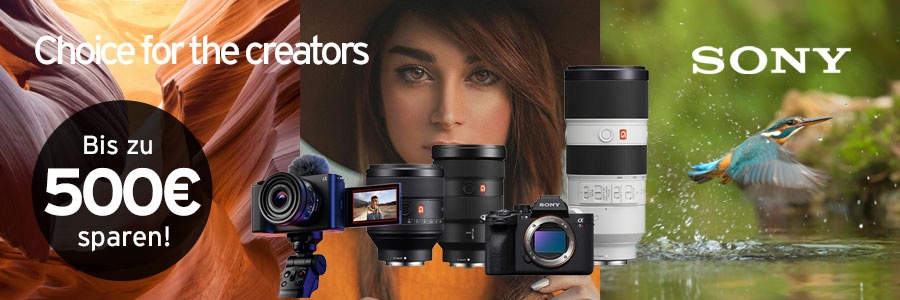
Simply subscribe and benefit as a newsletter recipient every week: